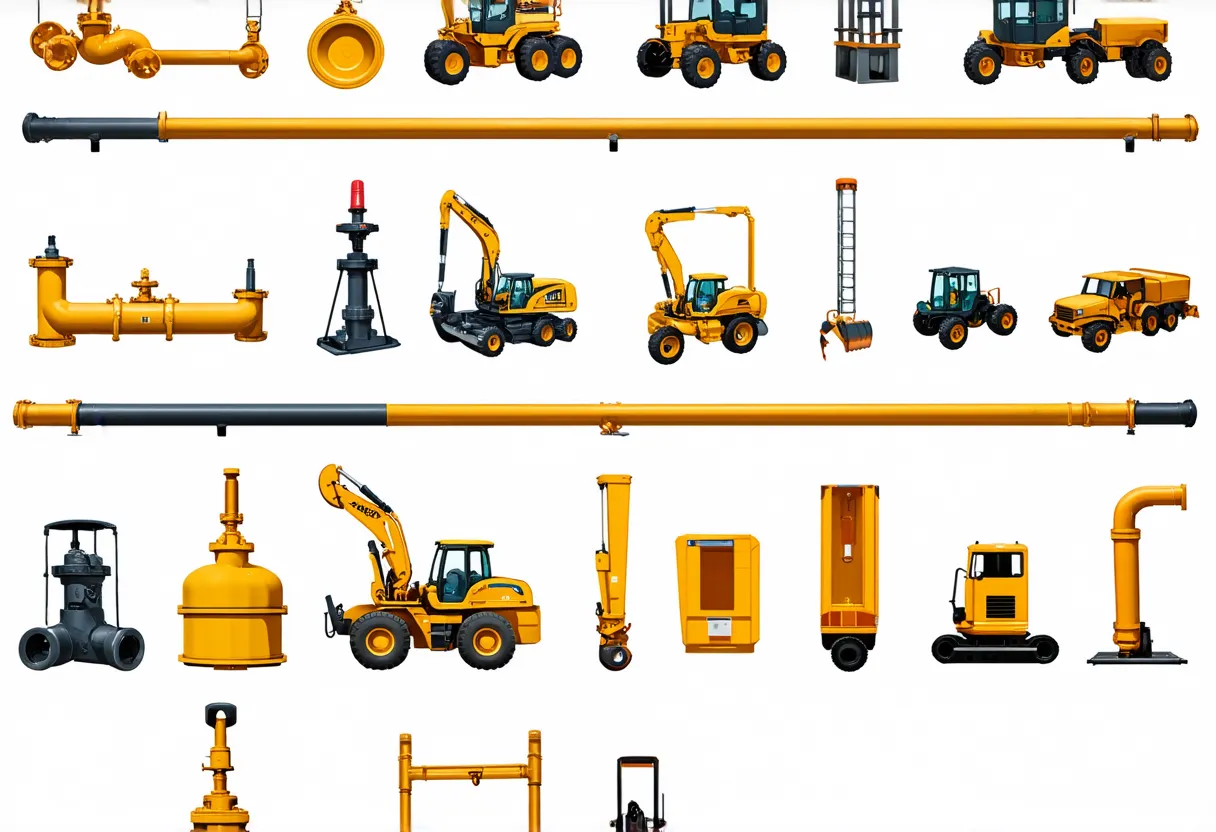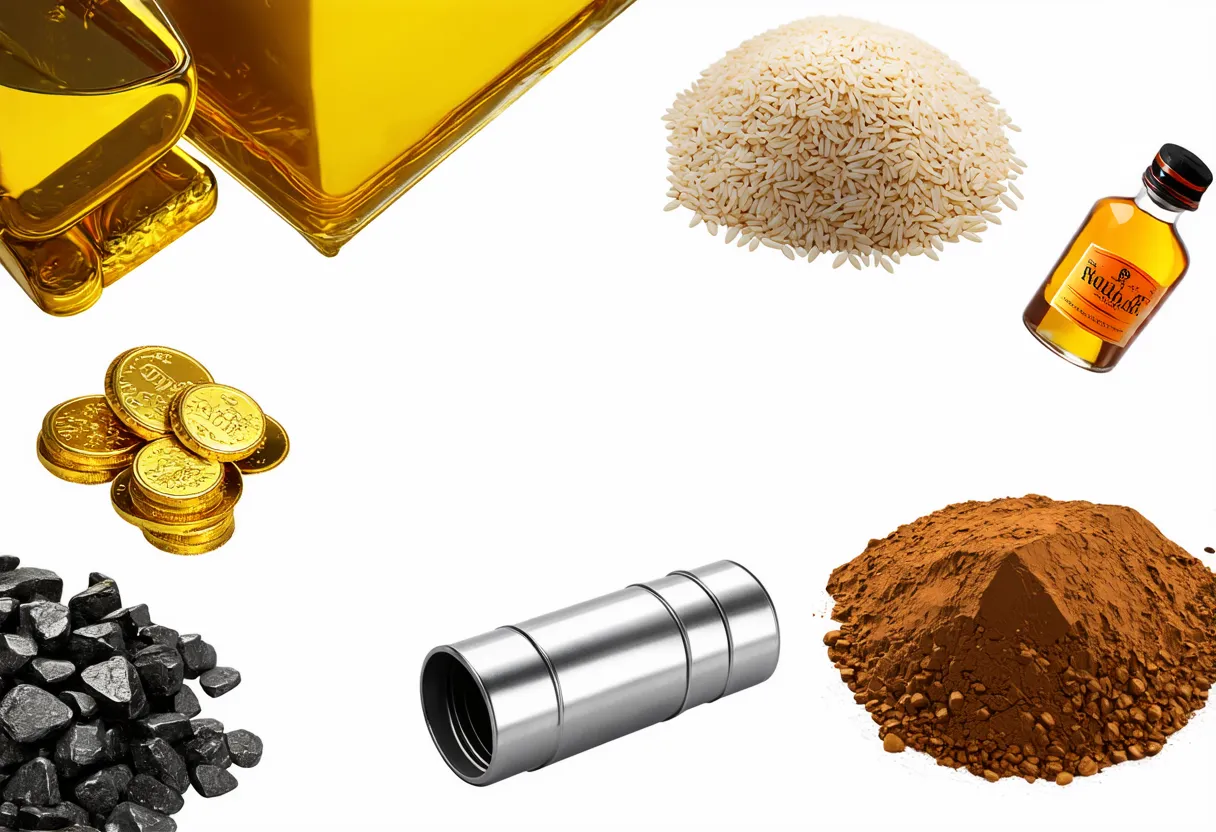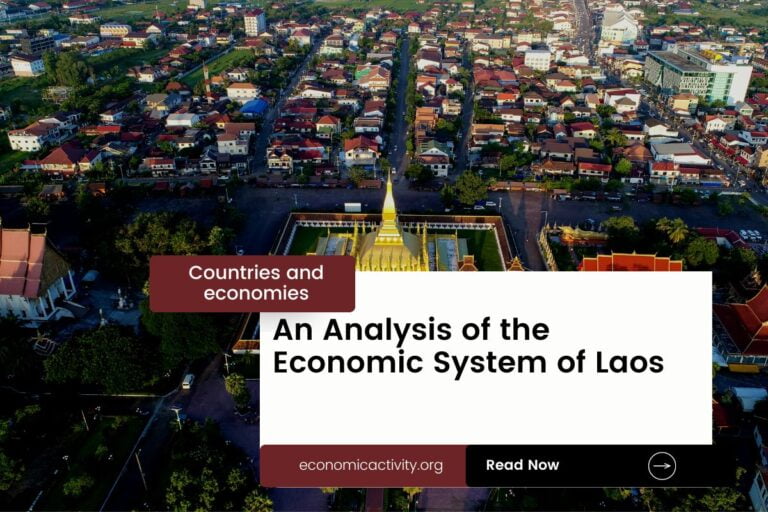Guyana, with a population of 808,726, is ranked 155th in the world, just behind Comoros. Located in South America, it covers 214,970 sq. km, ranking 81st globally, just below Romania.
Guyana’s economic position in 2022 showcases a GDP of $14,718,388,489.21, ranking it 132nd globally, just behind Madagascar with a GDP of $15,297,192,798.98. The GDP per capita for Guyana stands at $18,199.47, placing it at the 58th position worldwide, slightly trailing Hungary with a GDP per capita of $18,390.19.
Despite its rank, Guyana’s economy is showing promising growth potential, with investments in sectors like oil and agriculture driving its economic development.
What are the economic activities of Guyana?
- Primary activities: 15.4% of GDP.
- Secondary activities: 15.3% of GDP.
- Tertiary activities: 69.3% of GDP.

Primary Sector of Guyana
Guyana’s primary sector, particularly its agricultural activities, thrives due to its tropical climate and abundant natural resources. With 5.3% of the country’s land dedicated to agriculture, Guyana produces a diverse range of products including sugarcane, rice, plantains, papayas, cassava, pumpkins/squash, chicken, milk, eggplants, and ginger.
Despite contributing 15.4% to the GDP, agriculture plays a crucial role in the economy. The variety of crops and animal products not only sustains the agricultural sector but also provides food security and employment opportunities, highlighting its significance in Guyana’s economic landscape.
With a diverse geological landscape, the primary sector thrives in Guyana. Abundant in bauxite, gold, diamonds, hardwood timber, shrimp, and fish, these natural resources drive the economy, supporting industries like mining, forestry, and fishing, contributing significantly to the country’s GDP.
Guyana’s oil production of around 110,200 barrels per day ranks it 26th globally. With oil reserves of 0 barrels, the country plays a significant role in the global oil market.
Secondary Sector of Guyana
What is the secondary sector or what are secondary activities?
The secondary sector encompasses industries that transform raw materials from primary activities into finished products for consumption. In Guyana, key industrial products include bauxite, sugar, rice milling, timber, textiles, and gold. These goods are manufactured for both domestic consumption and export, contributing significantly to the country’s economy.
Manufactures in Guyana’s total exports in 2023 accounted for only 0.69355961%, indicating their minimal economic significance in the country’s export profile.
Tertiary sector of Guyana
What is the tertiary sector or what are tertiary activities?
The tertiary sector in Guyana encompasses services that enhance productivity and meet needs through knowledge and time. Key activities include healthcare, education, banking, communication, tourism, and transportation. These sectors play a vital role in the country’s economic development and well-being.
Notably, Guyana’s tourism industry plays a vital role in its economy, with 315,000 annual arrivals contributing significantly. The Kaieteur Falls, one of the world’s highest uninterrupted waterfalls, and the Iwokrama Rainforest Reserve, a vast protected area, are among the most popular destinations, attracting tourists and boosting the country’s economic growth.
Another example of tertiary economic activity is the mobile cellular sector, with approximately 856,000 subscriptions, supporting technological growth by enhancing communication and access to digital services across the population.
Military Activities and Economic Sectors of Guyana
The military is an example of many economic activities. In the primary sector, resources are extracted for military use. The secondary sector involves the manufacturing of military equipment. The military also provides services, which is part of the tertiary sector. Research and development fall under the quaternary sector, while high-level decision-making is in the quinary sector. All these activities support the military and the economy.
In Guyana, the military expenditure for 2023 is $96.2 million. This spending is about 0.57% of the country’s GDP. The active military force has 3,400 personnel, which means there are 5.5 active military members for every 1,000 people in the country.
International Trade of Guyana
Import Activities of Guyana

Guyana’s import activities are of high importance, with total imports in 2023 reaching $5.23 billion, equivalent to 35.53% of its GDP.
Guyana’s key import activities include refined petroleum, valves, iron pipes, construction vehicles, and cars. The country’s top import partners are the US, China, Brazil, Trinidad and Tobago, and Suriname.
Exports Activities of Guyana

Export activities in Guyana play a crucial role, accounting for 73.46% of the GDP. With total exports reaching $10,811,756,230.203 in 2023, it signifies a high level of importance in driving the country’s economic growth and stability.
Guyana primarily exports crude petroleum, gold, rice, aluminum ore, and liquor. Its top export partners are Panama (32%), Netherlands (15%), US (13%), UAE (6%), and Italy (6%).
Guyana economy challenges in 2024
Guyana faces economic growth challenges due to fluctuating hydrocarbon prices. The country aims to diversify its economy beyond exports and address environmental concerns while managing its rich natural resources sustainably. Strengthening financial sector and promoting sustainable development are key priorities in 2024.




Leave a Reply